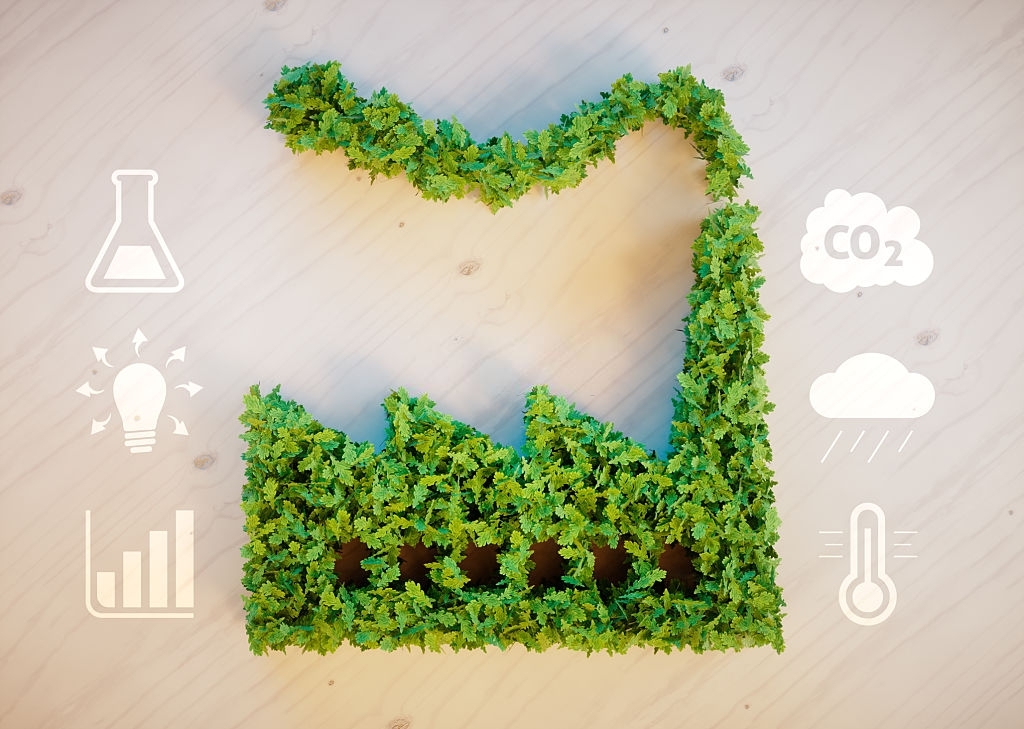
What Are The CO2 Emission Levels By Country?
Carbon dioxide emissions are one of the leading causes of climate change. It is generally perceived that to avoid the adverse effects of global warming. The world requires urgently decreasing the amount of carbon dioxide emitted into the atmosphere. In 2018, China was the biggest producer of carbon dioxide on the planet, with approximately 9.2 GT of CO2 emissions. This is around 28 per cent of the globe’s total CO2 emissions. Individuals living in China were roughly 6.5 tons, the twelfth highest in the world. The primary source of carbon dioxide emissions in China is fossil fuels, explicitly burning coal. In 2019, approximately 56 per cent of the total energy produced in China was produced by burning coal alone and because coal is rich in carbon and burning it in industrial power plants tend to release a significant amount of carbon dioxide into the air. In 2018, the US had the second-biggest producer of CO2 in the world, with roughly 4.8 GT of carbon dioxide emissions. The US is accountable for around 14 per cent of the total worldwide emissions. In 2019, the biggest source of carbon dioxide emissions in the United States came from the transportation section and energy production industry. Moreover, the United States is heavily dependent on its transportation industry, which burns petrol for boats, trains and aircraft. United States customers mainly rely upon their own cars rather than public transportation as their primary method for transportation. This also increases the carbon dioxide footprint by burning fuel and diesel.
Which Industries Are Trigging High Ratios of Carbon Dioxide Emissions ?
Some of the industries or sectors that are trigging high ratios of carbon dioxide emissions in 2020 are:
- Energy production industry – Burning fossil fuels for producing energy is single-handed the largest source of CO2 emissions. According to a report published by the UNEP (United National Environment Program), the supply and utilisation of non-renewable energy sources represent around 75 per cent of mankind CO2 emissions. The energy produced from burning fossil fuels is utilised to produce electricity and heat for houses and offices.
- Transportation industry – The second biggest industry that produces a large amount of carbon dioxide is transportation. The transportation industry consists of moving individuals and products via cars, trains, boats, trucks, aeroplanes and different vehicles. Most greenhouse gas emissions produced by the transportation industry are CO2 dioxide emissions resulting from burning petrol-based items, such as diesel fuel in the internal combustion engine. According to a report published by the United National Environment Program, road transport is accountable for 70 to 75 per cent of the industry’s CO2 emissions. Marine transportation produces 14 per cent and worldwide aviation 12 per cent of carbon dioxide emissions.
Industrial industry – The third biggest industry that produces a massive amount of carbon dioxide is industrial. In 2018, this industrial industry produced 20 per cent of fossil fuel-related CO2 emissions. The industrial industry comprises mining, construction, agriculture and manufacturing. Manufacturing is the biggest out of the 4 and can be categorised into 4 major categories: paper, food, chemicals and metal goods. These categories represent by far most of the fossil fuel usage and carbon dioxide by this industry. Industrial and manufacturing procedures combined produce a massive amount of every kind of greenhouse gas, but explicitly huge amounts of carbon dioxide. This is due to several manufacturing facilities directly utilising non-renewable energy sources (fossil fuels) to produce heat and steam required at different production phases. For instance, factories operating in the cement industry need to heat limestone to 1400°C to transform it into concrete. Non-renewable energy sources are used to produce the heat required to turn limestone into concrete.
Reducing waste, recycling and composting are effective ways to decrease the generation of greenhouse gases such as carbon dioxide and methane. They achieve these benefits in two ways:
- By helping save energy in the processing of materials for industrial and consumer use,
- By reducing the flow of materials -especially food and other organic wastes – into landfills where anaerobic decomposition produces methane.

